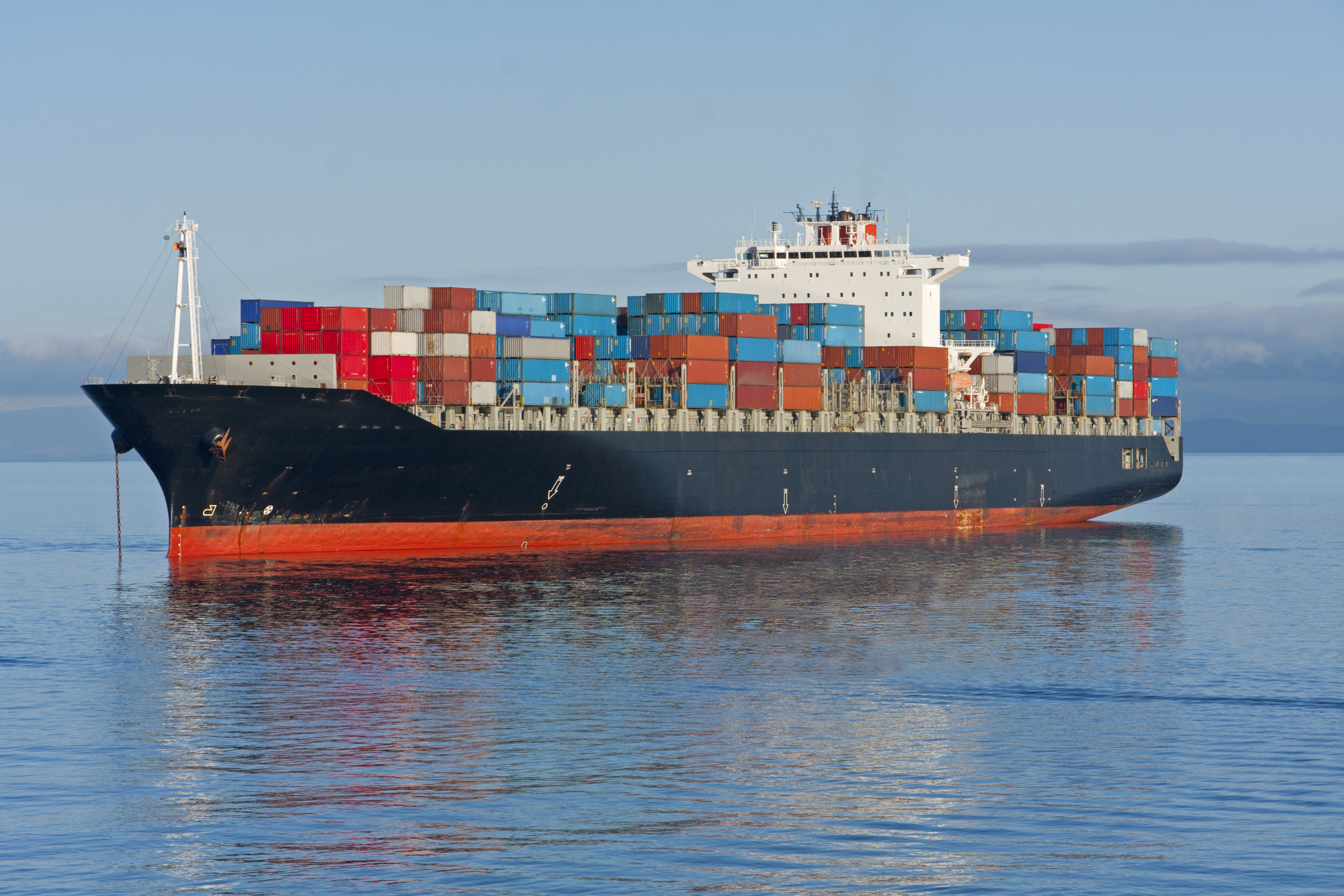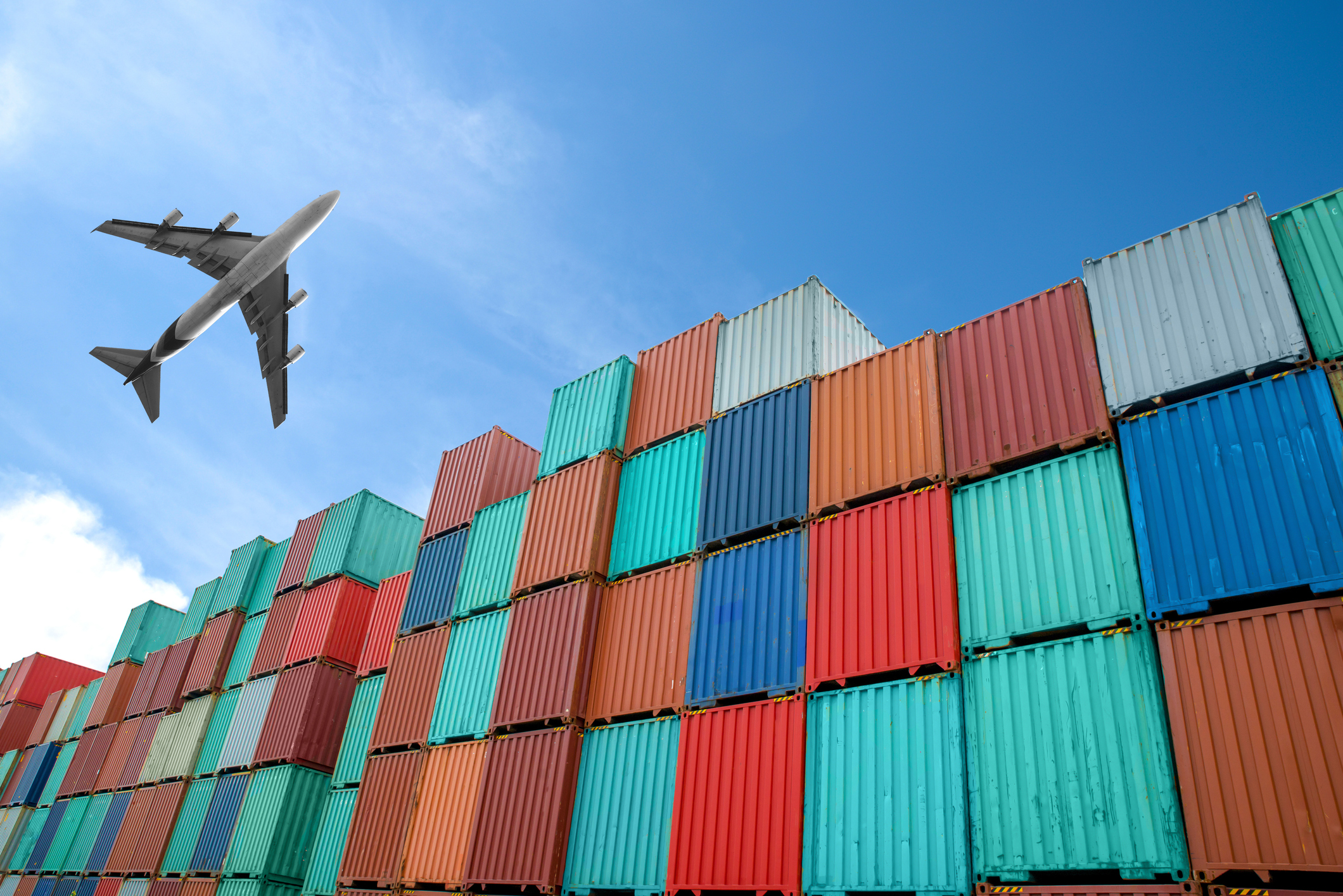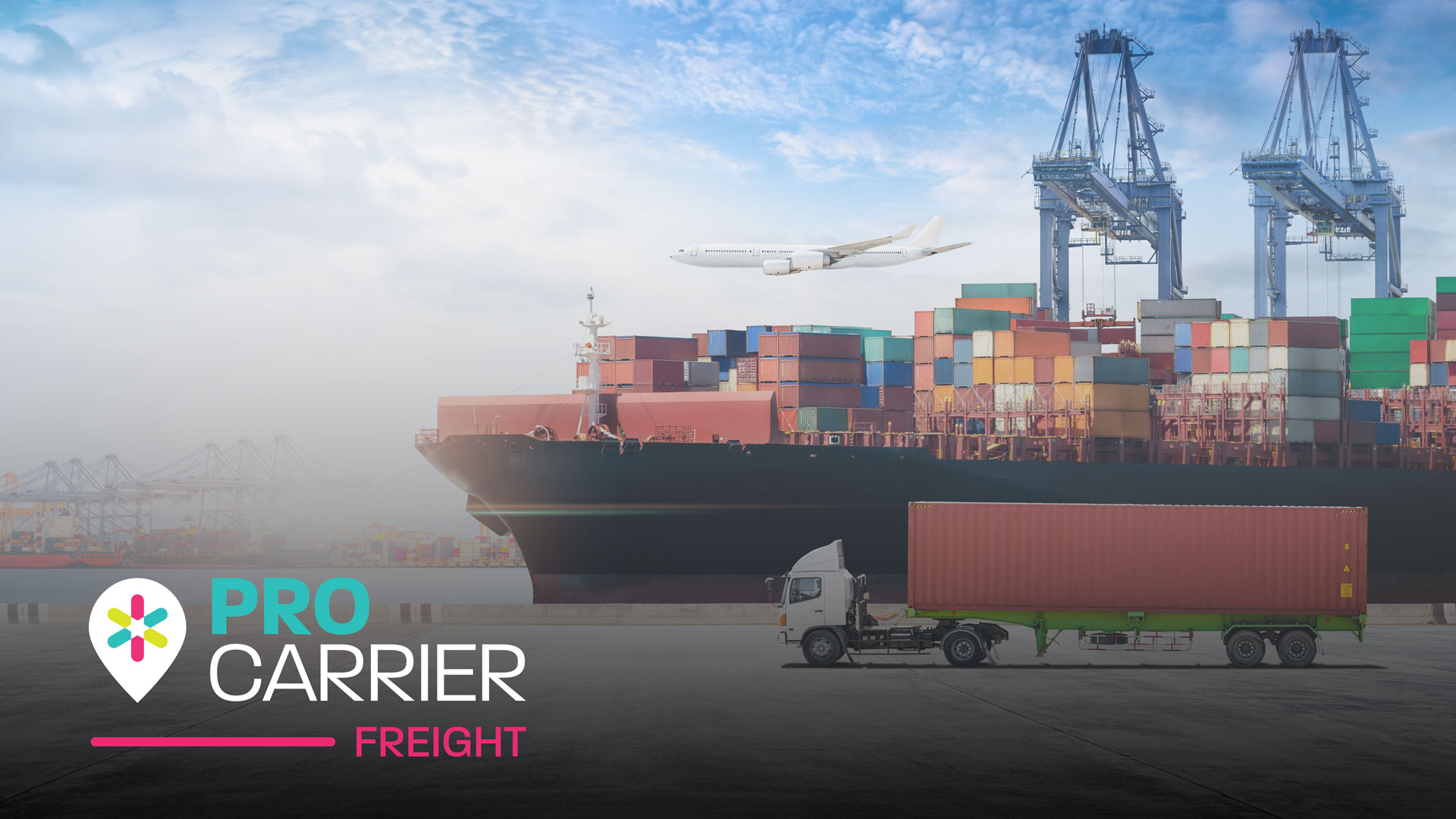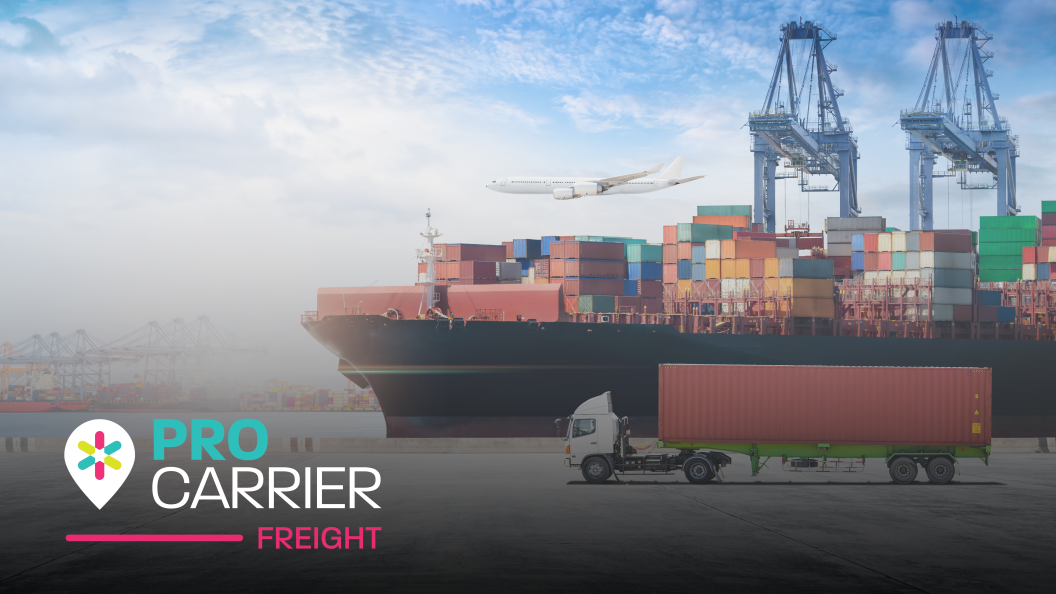Topic of the week: Freight industry adapts to economic shifts, trade changes, and global challenges.
As January 2025 comes to a close, the freight industry is navigating a rapidly shifting landscape, with significant developments across rail, road, and air freight shaping the year ahead. Economic fluctuations, geopolitical tensions, and shifting trade patterns continue to influence global logistics, creating both challenges and opportunities for industry players. In North America, Union Pacific has reported a robust financial performance for the fourth quarter, with net income climbing 7% to $1.76 billion. This growth has been underpinned by increased fuel efficiency and lower diesel costs, which have helped offset a slight dip in overall revenue. Freight volumes have seen a 5% rise, with intermodal truck-rail shipments soaring by an impressive 16%, contributing to a 23% reduction in fuel expenditure.
While these figures signal positive momentum, Union Pacific remains cautious about future volume trends, with economic variability, regulatory changes, and potential shifts in tariffs all posing uncertainties for the months ahead. Meanwhile, across the Atlantic, South Africa’s Richards Bay Coal Terminal has reported a notable resurgence in exports, marking a 10% increase and reaching 52.08 million metric tonnes—the highest level in three years. This growth has been largely driven by an improvement in freight rail operations, allowing for more efficient transport of coal to international markets.
Asia continues to dominate as the primary destination, accounting for 84.5% of total exports, with India remaining the largest importer at 25.75 million tonnes. However, European demand for South African coal has continued its downward trajectory, with exports to the region falling to just 3.54 million tonnes in 2024. These shifts in global trade flows highlight the evolving nature of supply chain dynamics, as markets adapt to changing energy policies and economic pressures. As freight operators worldwide adjust to these ongoing developments, the industry remains poised for further transformation, with economic conditions, regulatory shifts, and geopolitical factors set to dictate trends in the months ahead. Keeping pace with these changes will be crucial for businesses seeking to maintain efficiency, resilience, and competitiveness in an increasingly complex global logistics environment.
Sea:
- Over the last two weeks China/East Asia to North America West Coast spot rates have decreased from $5,320/FEU to $5,074/FEU according to Freightos data.
- China/East Asia to North America East Coast spot rates have risen over the last two weeks, decreased slightly from $6,715/FEU to $6,708/FEU.
- Global container spot prices have fallen over the last two weeks, and are now sitting at $3,602/FEU, a 7.47% decrease over the last two weeks and a 6.16% increase from spot rates this time in 2024 according to the Freightos Baltic Index (FBX)

Air:
- Global Air Freight spot rates currently sit at $2.26, as rates continue to fluctuate according to the Freightos Air Freight Index (FAX)
- Europe to Northern America spot rates currently sit at $2.23 (100-3000kg), says FAX.
- Europe to Asia, Greater China spot rates currently sit at $1.13 (100-3000kg), says FAX.

That’s all for this week’s update…
Check out our other insights and articles for more in depth industry news and trending topics, or get in contact to discuss some of our best in class freight forwarding services!



